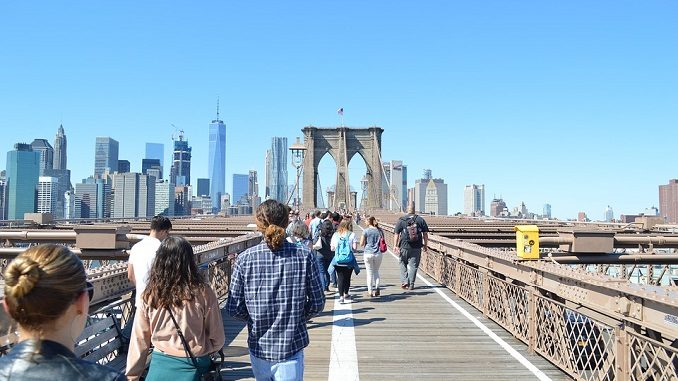
The coronavirus is inflicting a price shock on low income Americans that risks further driving up inequality, Bloomberg reports.
In a study released this week, Bloomberg Economics estimated higher grocery and housing costs for lockdown necessities meant those households whose incomes are in the bottom 10% currently face inflation of 1.5% compared with 1.0% for the top 10% and the official 0.1% overall average recorded in May.
The explanation for the difference lies in how the Covid-19 pandemic has changed consumption patterns by forcing households to buy more food while spending less on transportation or recreational activities.
“In a period of protest and increasing anger about inequality, the differential inflation rate experienced by low- and high-income households is a concern,” said Bloomberg Economics’ Björn van Roye and Tom Orlik.
The suggestion the virus is less disinflationary than many economists believe poses a challenge for the Federal Reserve which is eyeing a slower inflation rate than that experienced by lower earners, who are instead facing a steady erosion of their purchasing power.
“Taken together with concerns about central banks bailing out investors ahead of firms and workers, and the benefits rich, asset-owning households gain from quantitative easing, it adds to the sense that central banks are unintentional contributors to the problem of inequality,” van Roye and Orlik said.

Be the first to comment